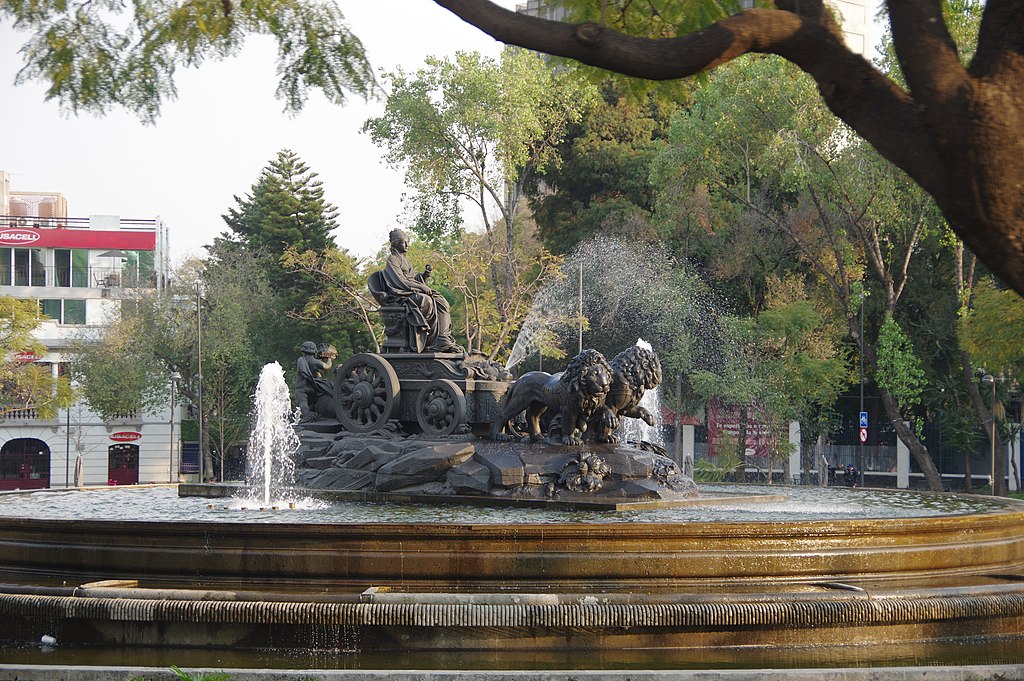
The Fuente de Cibeles was a gift from the community of Spanish residents of Mexico City as a symbol of the bonds between Mexico and the People of Spain. It’s a replica of the famous fountain on the Paseo de Cibeles in Madrid.
The original was commissioned by Charles III of the architect Ventura Rodríguez in 1777. Rodríguez designed the work that was sculpted between 1777 and 1792. The work was carried out by two prominent artists of the time. Francisco Gutiérrez created the Cibele in her chariot, and Roberto Michel carved the two the lions representing Atalanta and Hippomenes.
The version in Mexico City was dedicated in 1980 by Mexican President José López Portillo and then-Mayor of Madrid , Enrique Tierno Galván. It was restored with similar pomp in 2011.
The fountain occupies the old Miravalle square which had been a 19th-century property boundary. The plaza was modified in 1980 to accommodate the fountain. At that time, the plaza itself was renamed the Plaza Villa de Madrid. The sculptural group is about 12.5 meters long, 4.7 wide and 5.5 m high. The weight is some 12 tons.
Today the Fuente de Cibeles is not just an important landmark, but the site of a major weekend street market.
![]() The Turibus South/Coyoacán and Historic Center circuits both stop on the north quadrant of the glorieta. The stop is marked just west (to the left of) the northeast stretch of Oaxaca avenue. Passengers can also transfer between routes here.
The Turibus South/Coyoacán and Historic Center circuits both stop on the north quadrant of the glorieta. The stop is marked just west (to the left of) the northeast stretch of Oaxaca avenue. Passengers can also transfer between routes here.
Capital Bus passengers can transfer here between the Centro-Polanco Route and the Centro-Sur Coyoacán route. The seasonal Reforma-Santa Fe Route also stops here before returning to the Ángel de la Independencia. During July, August, December, and Semana Santa, buses will then return to Santa Fe, after a quick tour of Chapultepec Section 2.

Nearest at 0.14 kms.
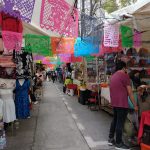
Nearest at 0.14 kms.
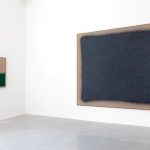
Nearest at 0.15 kms.

Polanco's luxury retail inclination...
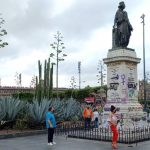
An important stop for Turibus and Capital Bus, it's more than just that...

Tlaloc's great move from EdoMex has never been forgotten.
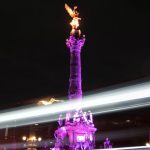
Likely the most prominent symbol of Mexico City, El Ángel is always at the center of things...
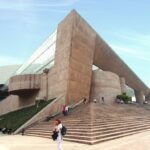
Mexico's national auditorium for performance, opera, and every kind of music...